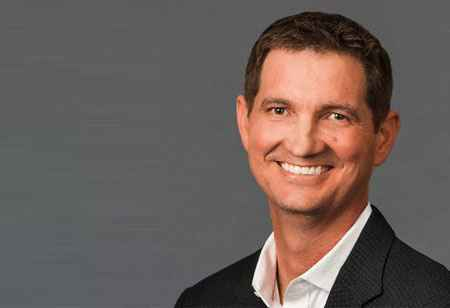Thank you for Subscribing to Healthcare Business Review Weekly Brief

Healthcare's Best Shot at Doing AI Right: Make it Invisible
Healthcare Business Review
AI won’t cure cancer. It won’t solve healthcare’s interoperability problem. And it won’t replace your radiologist. That stated, I agree with Curtis Langlotz, MD, PhD of Stanford, who stated at RSNA this year that radiologists who use AI will replace radiologists who don’t.
So, what is the path toward making AI a key enabler for medicine? AI-powered healthcare requires three key factors: sound data science, sharp focus and strategic deployment. And, it requires the patience to balance the excitement of advanced digital technology with the practical realities of how healthcare operates.
Sound data science
Asking if healthcare is ready for AI is a two-part question. First, we must evaluate whether the technology is ready–are the volumes of data accessible, is the data of sufficient quality, and is the computing power available and affordable?
Hospitals generate 50 petabytes of data per year. Most of that data is now digital and comes from a variety of sources: EMRs, intelligent devices and increasingly home health wearable technology. Further, governments wanting to improve healthcare are releasing yet more data to the market, as evidenced by the recent release of more than 100,000 X-ray images by the NIH. But volume is not enough, and errors abound not just in EMR data but in DICOM images and their labels as well.
We don’t just need data, we need high quality data–information that has been reviewed and well annotated to feed the algorithm. Thankfully, radiologists are really good at creating high quality data.Finally, we need cheap access to massive computing power, and in the last five years we’ve seen an explosion of GPU computing readily accessible from every cloud provider.
The technology is ready, but we must also address the second part of the question–the readiness of the industry.
Sharp focus
If you believe everything you read in the headlines, you might think AI is well on its way to taking over healthcare. Alternatively, you may be of the camp that still believes AI is over-hyped and underdelivered. I argue that healthcare’s “readiness reality” is somewhere in between.
According to a recent HIMSS Analytics survey, only 52 percent of providers plan to leverage AI initiatives in clinical departments within the next two years.
To increase those numbers to something closer to 100 percent, we must be realistic about the pain points AI can solve.
Budgets are tight at hospitals and health systems, and there are often more skeptics than there are believers. To prove the value of AI, focus on specific problems–whether it is workflow inefficiencies or patient experience in acute care.
If deployed effectively, AI will change healthcare forever and improve lives around the world
For example, on any given day, radiologists view thousands of medical images, many which turn out to be normal. For patients with a critical condition like collapsed lung, waiting for a doctor to sort through the normal scans can be a matter of life and death. That’s why GE Healthcare is partnering with UC San Francisco to develop an algorithm based upon high quality data that aims to help detect images with a collapsed lung and prioritize those scans both for the care team and the radiologist.
Strategic deployment
Finally, as with other technologies, the key to taking advantage of AI is figuring out how it can seamlessly integrate into a provider’s workflow. Would you use Google Maps if you had to open a different app to see traffic patterns versus directions? Would you like Netflix if you had to use your laptop and TV to see recommendations? By comparison, AI won’t work in healthcare if it introduces yet another screen or yet another instrument. Rather, it will deliver upon the promise when it’s made invisible, naturally embedded into the workflows, applications, and devices that healthcare providers already use today.
For example, X-ray reject rates can be as high as 25 percent. The result is a high volume of repeated exams, which can contribute to unnecessary patient radiation dose and decreased throughput. The invisible solution is to embed an algorithm in the modality and thereby decrease the reject rates by automatically identifying and analyzing the root causes of rejected X-ray images. It’s a targeted solution, seamlessly integrated into the existing workflow, that addresses multiple healthcare outcomes, including quality and costs.
AI is not a doctor. AI is not a cure. AI is a tool–a means to an end–increasingly embedded in everything for the benefit of the patient. If deployed effectively, AI will change healthcare forever and improve lives around the world. And in the meantime, we have to be trusted stewards of the data and data science, we have to seek out those use cases where providers and patients welcome the efficiency, and deliver that efficiency effortlessly and invisibly.









